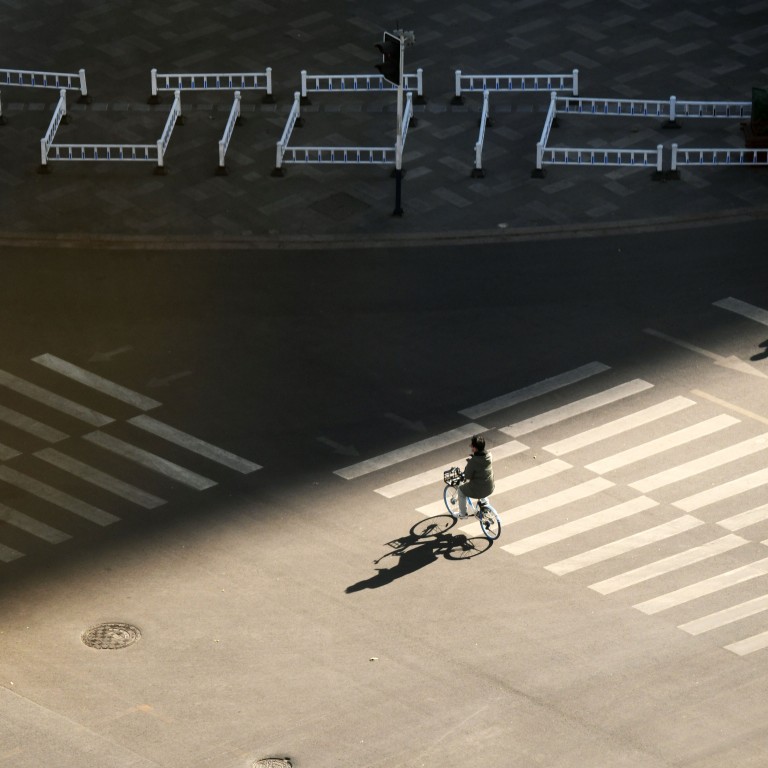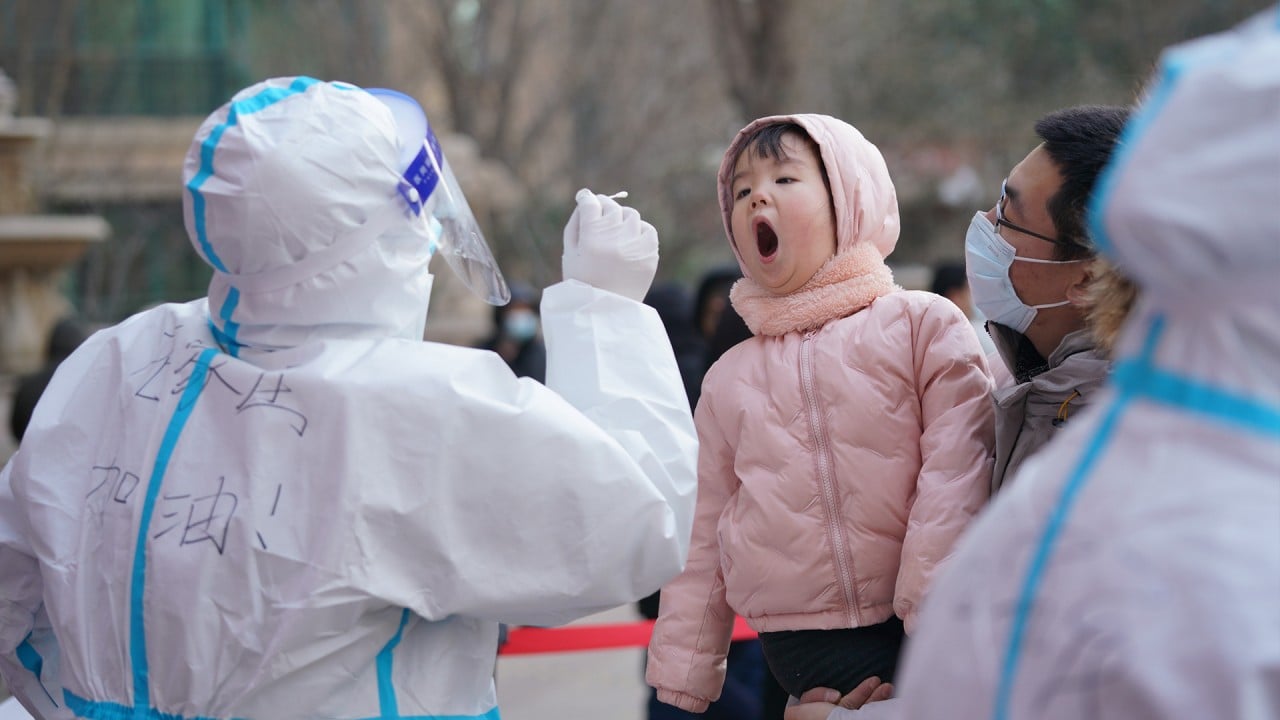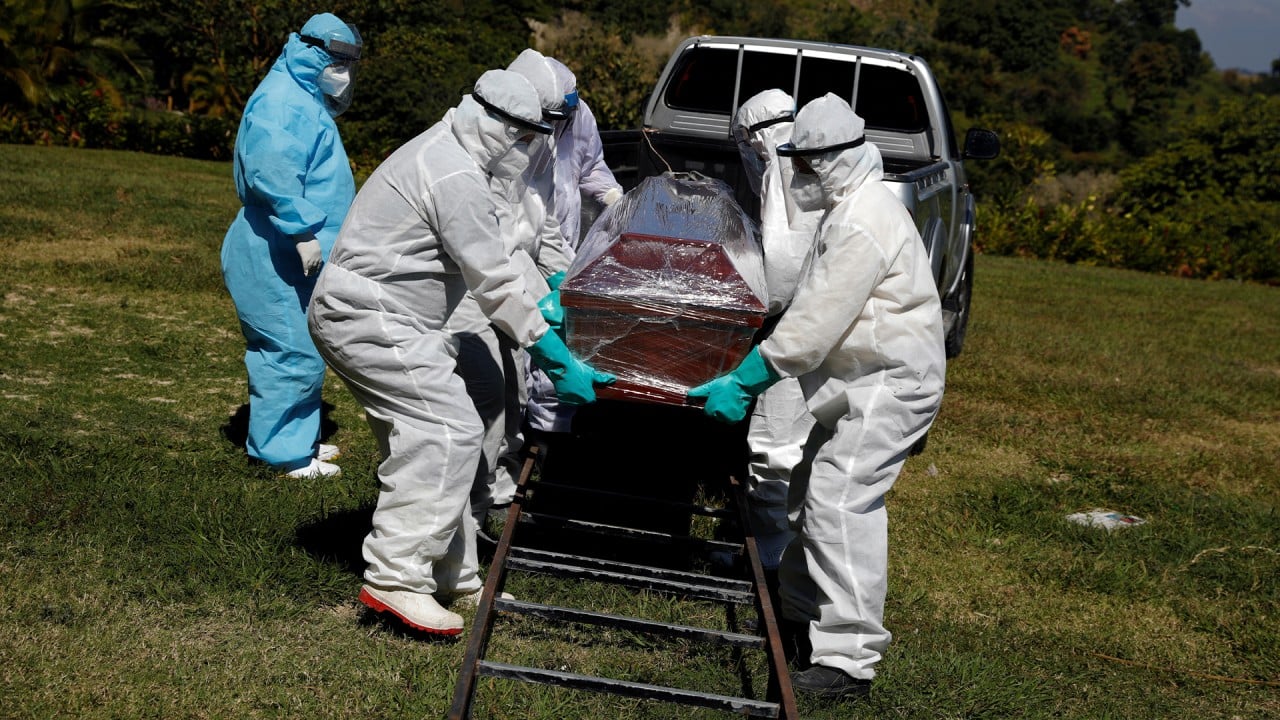
Coronavirus: China grapples with ‘mini Wuhan’ as cases rise in the north
- CDC chief says he’s cautiously optimistic about Shijiazhuang outbreak but it can’t be taken lightly
- George Gao warns public to remain on alert
“[It is] not so large as in Wuhan ... but still has local outbreaks,” Gao was quoted as saying. “I am cautiously optimistic, but I must not take the epidemic lightly.”

01:50
Coronavirus: Hebei province reports 120 new local cases in China’s biggest Covid-19 rise in months
Hebei has reported more than 1,000 infections since the first case in months in the province was confirmed on January 2.
The province has become the centre of the biggest outbreak since China contained the first wave in Wuhan and surrounding Hubei province in spring.
In addition, more than 350 cases have been reported in the north in Jilin and Heilongjiang provinces and Beijing.
Gao said the outbreaks were expected because the coronavirus had seasonal characteristics like flu, which becomes more common after autumn, according to the report.
Frozen food could play a role in transmitting the virus and outbreaks in some areas were “normal” given that China and even the northern hemisphere was a “giant cold chain”.
Gao said the CDC was still assessing transmission at the community level. It was under control, but a more serious epidemic was not impossible.
“The weather is particularly suitable for the virus to survive ... There is a possibility of a sudden epidemic caused by a superspreader,” he said.
Gao warned people to remain as vigilant as they were early last year during the Wuhan epidemic.
“We must not be careless and believe China has controlled the epidemic well. China is part of the global pandemic. Whatever happens in the world happens here,” he said.
“We must look ahead in epidemic prevention and control and be ready for a crisis, like we were when we faced the epidemic in Wuhan.”
As Chinese cities face new Covid-19 lockdowns, have lessons of 2020 been learned?
By early January, Wuhan had reported only a few dozen cases of the disease but the city’s hospitals were already crowded with patients with undiagnosed pneumonia. Wuhan eventually went into strict lockdown on January 23 as community transmission rampaged.
A year later, when the first case was detected in a village in Shijiazhuang, the case number soon spiked, mostly among middle-aged and elderly people from rural areas, and later spread to neighbouring counties and districts in central Shijiazhuang.
Gao said this suggested the pathogen had been spreading in the communities for some time.
Gao, who has been in Shijiazhuang since January 5, said it was difficult to investigate the source of epidemic even though the genome sequencing showed the outbreaks in Xingtai, another city in Hebei, were linked to the one in Shijiazhuang and were both triggered by virus strains from overseas.
“The sourcing of the epidemic in Hebei is the most challenging [of the recent outbreaks],” Gao told Shijiazhuang police, according to a statement on the CDC website on Monday.

01:59
Worldwide coronavirus death toll nears 2 million
Gao said the decision to lock down Shijiazhuang and Xingtai while citywide tests were carried out was correct because it was necessary to identify all the infections.
It was also important to move thousands of villagers into quarantine because there was no guarantee otherwise that people could be isolated within their rural homes, he said.
“We haven’t identified all the infections in the three villages where most cases came from. The report of confirmed cases has not passed two incubation periods. We can only say the epidemic is controlled when no new cases pop up,” Gao said, adding it could be after Lunar New Year, which starts on February 12.
He said the ultimate tool to contain the disease was vaccination, which required 70 per cent of the population to be inoculated to build an immunity barrier.
So far 15 million people have been vaccinated throughout the county, according to the National Health Commission.

